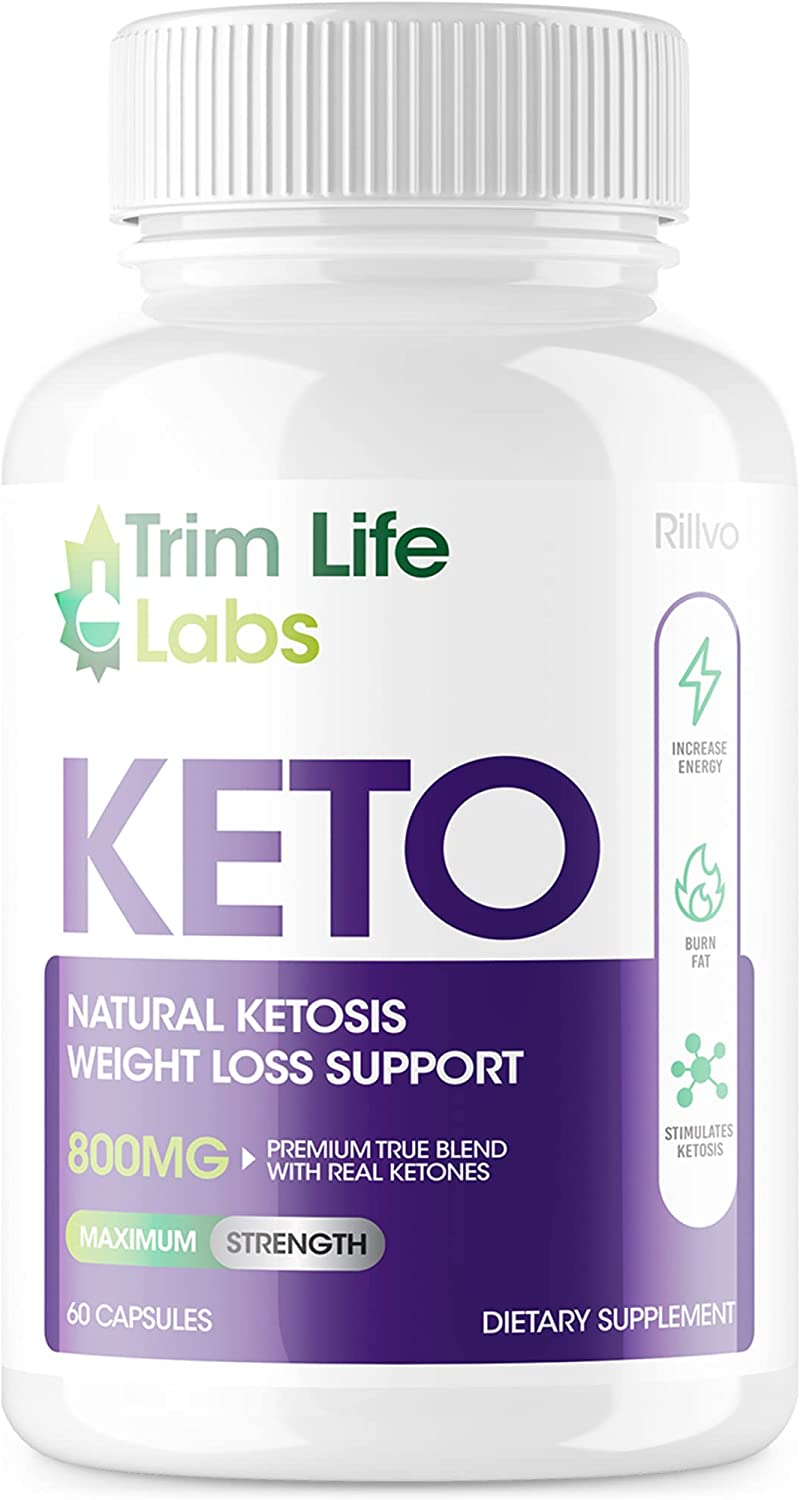
Many people don’t realize how many fiber whole grains offer. A serving of whole grain bread has approximately four grams of fiber. Whole grains have a higher fibre content than refined white flour and are free from preservatives. You can substitute white flour with a few whole grain cereals in your recipes. It's not as simple to sprinkle a handful of whole grain cereals on your cereal every day. These are some tips to increase fiber intake from your daily grains.
Whole grains, which are rich in fiber, help to keep your bowel movements normal. They reduce the likelihood of diverticulosis which is inflammation of the colon walls that causes pain and constipation. They are rich in lactic acid which promotes good bacteria growth and helps the body absorb nutrients. They are also good for digestion and support the immune system. This combination of nutrients will help you keep your digestive system healthy.

The U.S. Department of Agriculture recommends keeping half of your grains whole. The U.S. Department of Health and Human Services recommends that you eat three 1-ounce portions of whole grain each day. Remember that the amount of fiber recommended for each person varies. For instance, young children require between 19 and 25 grams of fibre daily, while adults need between 21 and 38 grams. This study also included a comparison of the dietary intakes of whole grains with fiber found in other foods.
Although whole grains can be difficult to digest, they are still a good source of fiber. Whole grains offer multiple benefits and can help you get more fiber into your diet. They also provide a variety of vitamins and minerals. You can also substitute processed foods for them if you are a vegan. They provide similar health benefits. If you're a vegan or vegetarian, don't worry. Increase your intake whole grains to avoid constipation later in life.
Whole grains may not seem like the best choice for you. Whole grains are rich in fiber and a great source of nutrients. Whole grains are great for preventing constipation and can also prevent allergies and asthma. They also lower your cholesterol and triglycerides, which are two of the major risk factors for heart disease. You may find that adding them to your daily food intake is the best way of increasing your fiber intake. It can be as simple as brown rice.

Increase your whole grain intake to increase your fiber intake. According to USDA, you should consume five to eight portions of grains daily, half of which should consist of whole grains. One serving equals half an ounce. You can substitute refined food with something higher in fiber depending on the amount you eat. You can switch to whole grain flours if you wish to avoid refined flour.
FAQ
What should my diet consist of?
Take in lots of fruits and veggies. They contain vitamins and minerals which help keep your immune system strong. Also, fruits and vegetables are rich in fiber. This makes them filling as well as helping with digestion. Aim to eat five to six servings of fruit each day.
Get plenty of water. Water helps flush toxins out of your body and makes you feel fuller between meals. Drink about eight glasses each day.
Eat whole grains instead of refined ones. Whole grains contain all of their nutrients, including B vitamins and iron. Refined grains have been stripped of some of their nutrition.
Avoid sugary drinks. Sugary drinks can be a source of empty calories, which can lead to obesity. Instead, choose water, milk, and unsweetened tea.
Avoid fast food. Fast food has very little nutritional value. You won't get the energy you need to function well, despite how delicious it may be. Instead, stick to healthier options such salads and soups as well sandwiches and pasta.
Reduce your alcohol intake. Alcohol is a poor nutrient and has empty calories. Limit your intake of alcohol to two drinks per week.
Red meat consumption should be reduced. Red meats are high-in saturated fat and cholesterol. Opt for lean cuts of beef, pork, lamb, chicken, fish, and turkey instead.
How much should you weigh for your height and age BMI calculator & chart
Use a BMI calculator to determine how much weight is needed to lose. The healthy BMI range for a healthy person is 18.5 to 24.9. You should lose about 10 pounds each month if you are trying to lose weight. Simply enter your height, weight and desired BMI into the BMI calculator to calculate it.
This BMI chart will help you determine if your body is overweight or obese.
How to measure body weight?
A Body Fat Analyzer (BFA) is the best method to measure bodyfat. These devices are used for measuring the percentage of body fat in people who want to lose weight.
What is the healthiest lifestyle to life?
Living a healthy lifestyle is one that encourages you to eat well, exercise regularly, get enough sleep, and avoids stress. If you follow these guidelines, you will be able to lead a long and healthy life.
Starting small can make a big difference in your diet, and even your exercise routine. To lose weight, you can start walking for 30 mins each day. Swimming or dancing are great options if your goal is to become more active. An online fitness program such as Strava or Fitbit that tracks your activity could be a good option.
What's the difference between a virus & a bacterium?
A virus is an organism microscopic that can't reproduce outside its host cells. A bacterium is a single-celled organism that reproduces by splitting itself in two. Viruses measure only 20 nanometers in diameter, but bacteria is up to 1 millimeter in size.
Viruses can be spread by contact with bodily fluids containing infected substances, such as saliva, urine and semen. Bacteria are usually spread through direct contact with contaminated objects or surfaces.
Viruses can get into our bodies through cuts and scrapes on the skin, bites, and other injuries. They may also enter through the nose, mouth, eyes, ears, vagina, rectum , or anus.
Bacteria can enter the body through wounds. They can also enter our bodies from food, water, soil, dust, and animals.
Viruses and bacteria both cause illness. Viruses can not multiply within the host. They infect only living cells, causing illness.
Bacteria may spread to other people and cause sickness. They can infiltrate other parts of the body. We need antibiotics to get rid of them.
What is the working principle of an antibiotic?
Antibiotics are drugs which destroy harmful bacteria. Antibiotics are used for treating bacterial infections. There are many options for antibiotics. Some can be taken orally while others are injected. Others are topically applied.
People who have been infected with certain germs may need antibiotics. One example is if someone has had chickenpox and wants to prevent shingles. For those with strep-thorphritis, an injection of penicillin could be administered to prevent them from getting pneumonia.
Children should not be given antibiotics without the consent of a doctor. Children are at greater risk of developing side effects from antibiotics than adults.
Diarrhea is the most common side effect from antibiotics. Side effects of antibiotics include diarrhea, stomach cramps and nausea. These side effects are usually gone once the treatment is complete.
Statistics
- WHO recommends consuming less than 5% of total energy intake for additional health benefits. (who.int)
- Extra virgin olive oil may benefit heart health, as people who consume it have a lower risk for dying from heart attacks and strokes according to some evidence (57Trusted Source (healthline.com)
- In both adults and children, the intake of free sugars should be reduced to less than 10% of total energy intake. (who.int)
- nutrients.[17]X Research sourceWhole grains to try include: 100% whole wheat pasta and bread, brown rice, whole grain oats, farro, millet, quinoa, and barley. (wikihow.com)
External Links
How To
What does the term "vitamins" mean?
Vitamins are organic substances found naturally in food. Vitamins help us absorb nutrients from foods we eat. Vitamins cannot be made by the body; they must be taken from food.
There are two types vitamins: water soluble or fat soluble. Water-soluble vitamins dissolve quickly in water. Some examples include vitamin C,B1 and B2 vitamins (thiamine), B2 and riboflavin, B3 and B6 vitamins (niacin), folic acids, biotin, pantothenic acids, and cholesterol. The liver and fatty tissues are home to fat-soluble vitamins. Vitamin D, E, K and A are some examples.
Vitamins can be classified according to biological activity. There are eight major types of vitamins:
-
A - essential for normal growth and maintenance of health.
-
C - essential for nerve function and energy generation.
-
D - essential for healthy bones, teeth, and gums.
-
E is required for good vision and reproduction.
-
K - Essential for healthy muscles and nerves.
-
P - vital for building strong bones andteeth.
-
Q - Aids digestion and iron absorption
-
R is required for the production of red blood cells.
The recommended daily allowance (RDA) of vitamins varies depending on age, gender, and physical condition. The U.S. Food and Drug Administration, (FDA), sets the RDA value.
For example, the RDA for vitamin A is 400 micrograms per dayfor adults 19 years or older. Pregnant women require 600 micrograms daily to support fetal development. Children ages 1-8 require 900 micrograms per day. For infants younger than one year, 700 micrograms are required daily. However, this number drops to 500 micrograms each day for children aged 9-12 months.
Children ages 1-18years who are obese need 800 micrograms per day while those who are overweight need 1000 micrograms per day and children who are underweight need 1200 micrograms per day to meet their nutritional needs.
Children ages 4-8 years who have been diagnosed with anemia need 2200 micrograms per day of vitamin C.
2000 micrograms daily is required for adults over 50 to maintain their general health. Breastfeeding or pregnant women require 3000 micrograms per daily due to higher nutrient demands.
1500 micrograms are required daily by adults over 70 because they lose approximately 10% of their muscle each decade.
Women who are pregnant or lactating need more than the RDA. Pregnant woman need 4000 micrograms daily in pregnancy, and 2500 per day after childbirth. Breastfeeding mothers require 5000 micrograms daily when breast milk production is occurring.